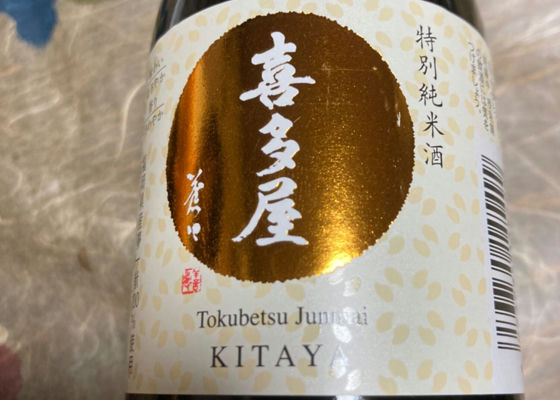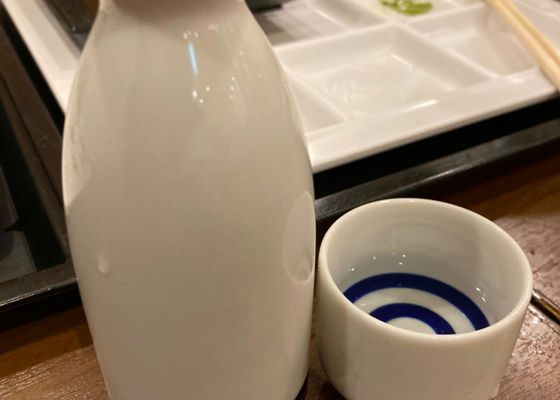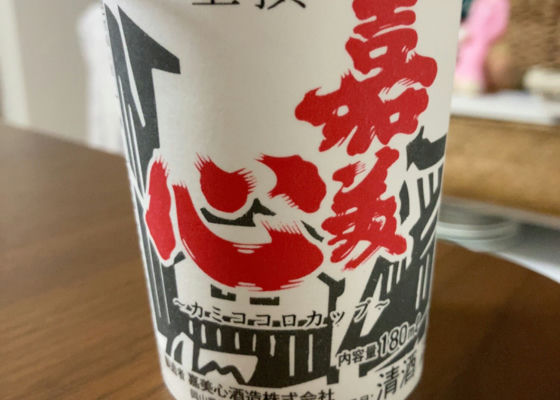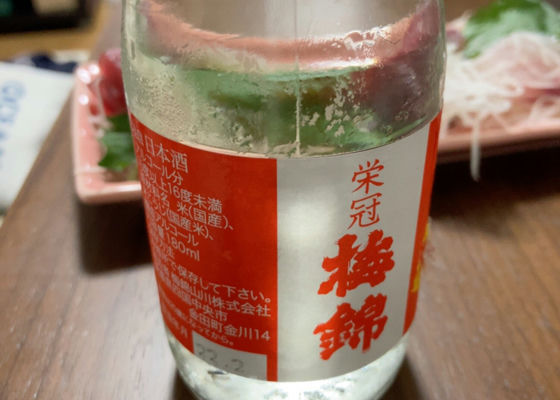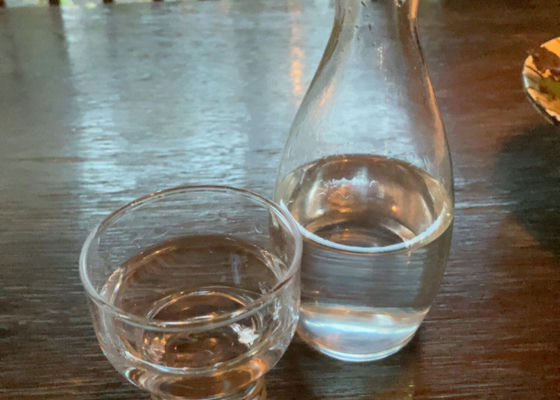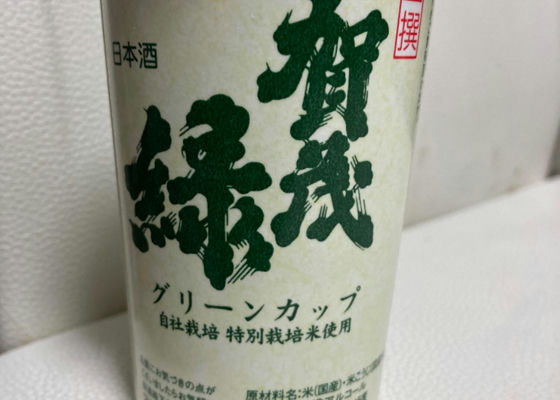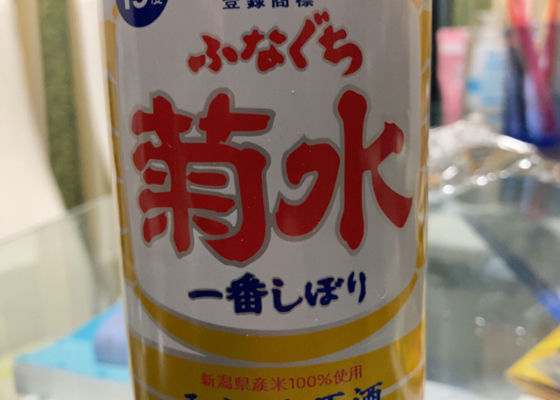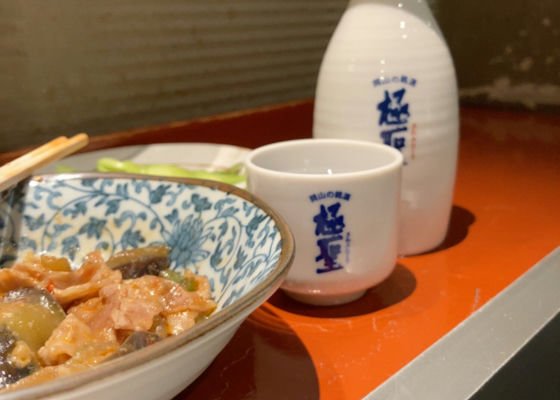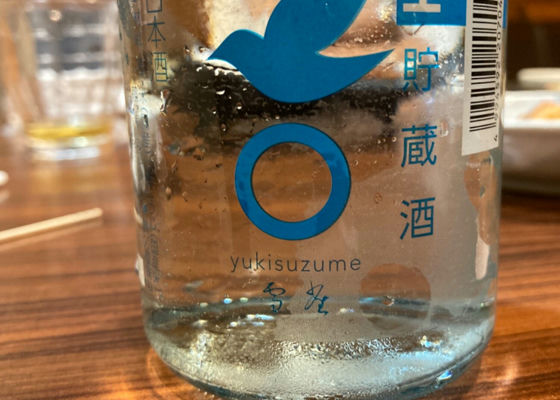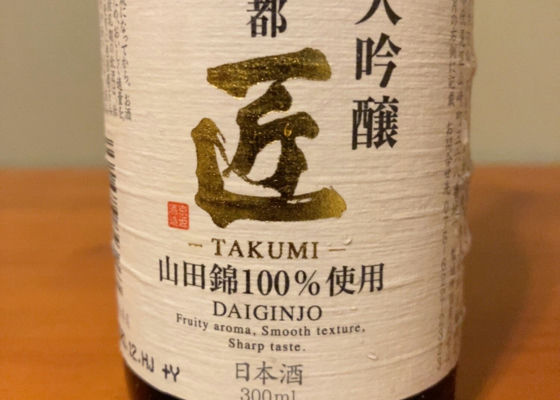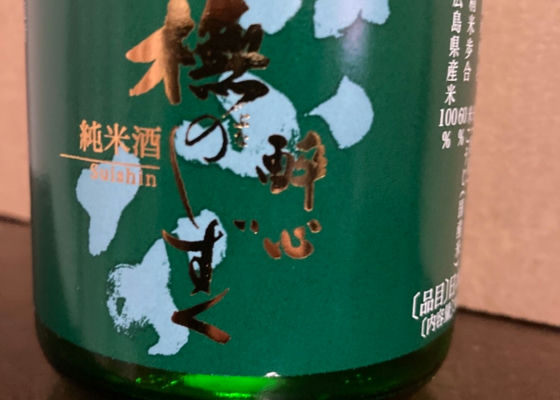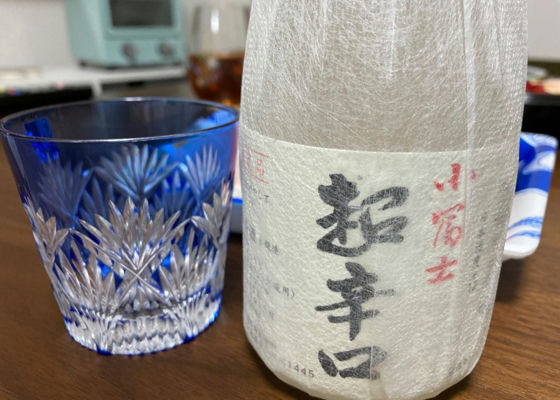
82虎
I would have preferred to pair the kobudai sashimi (from Imabari Port) with a sake from Toyo, but I went with this sake from Chuyo Toon City, which I purchased most recently. Although the sake is super dry and has a Sake +12 rating, it does not feel that dry, and as the label says, it has a "refreshing taste" that does not interfere with the flavor of the food, making it light and easy to drink.
Japanese>English
